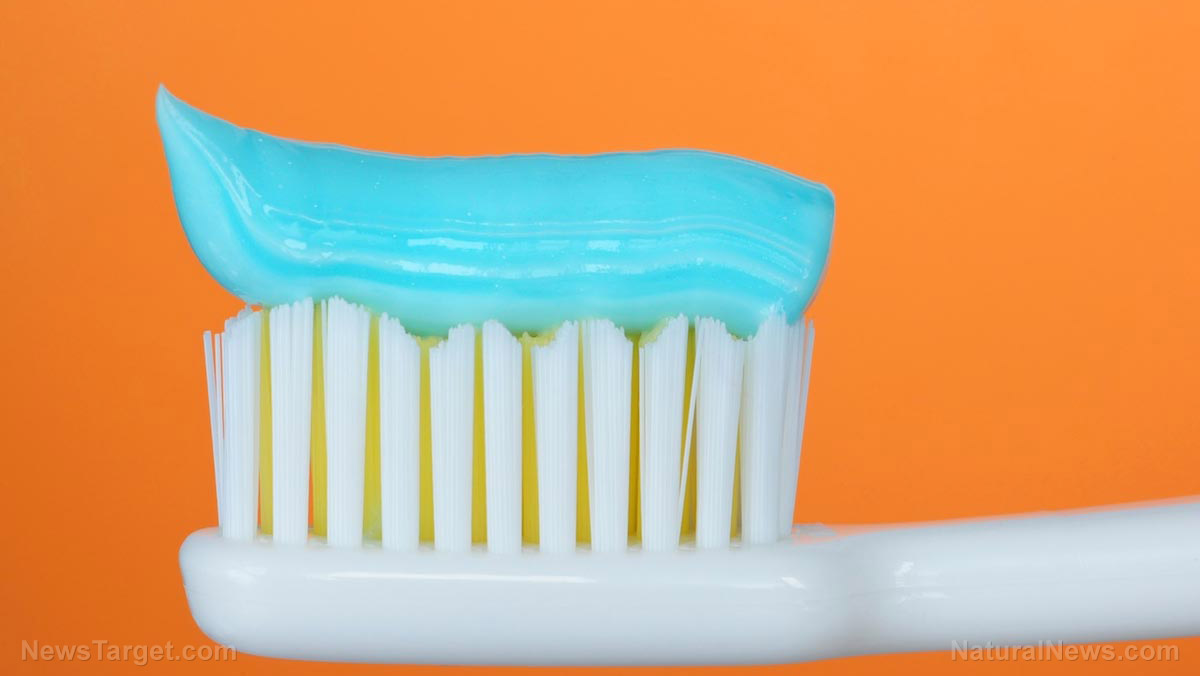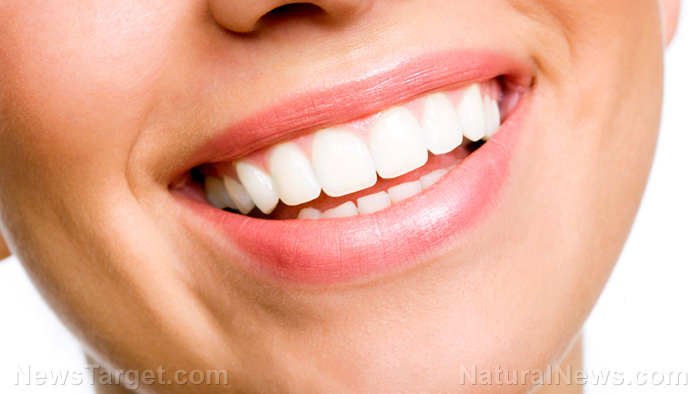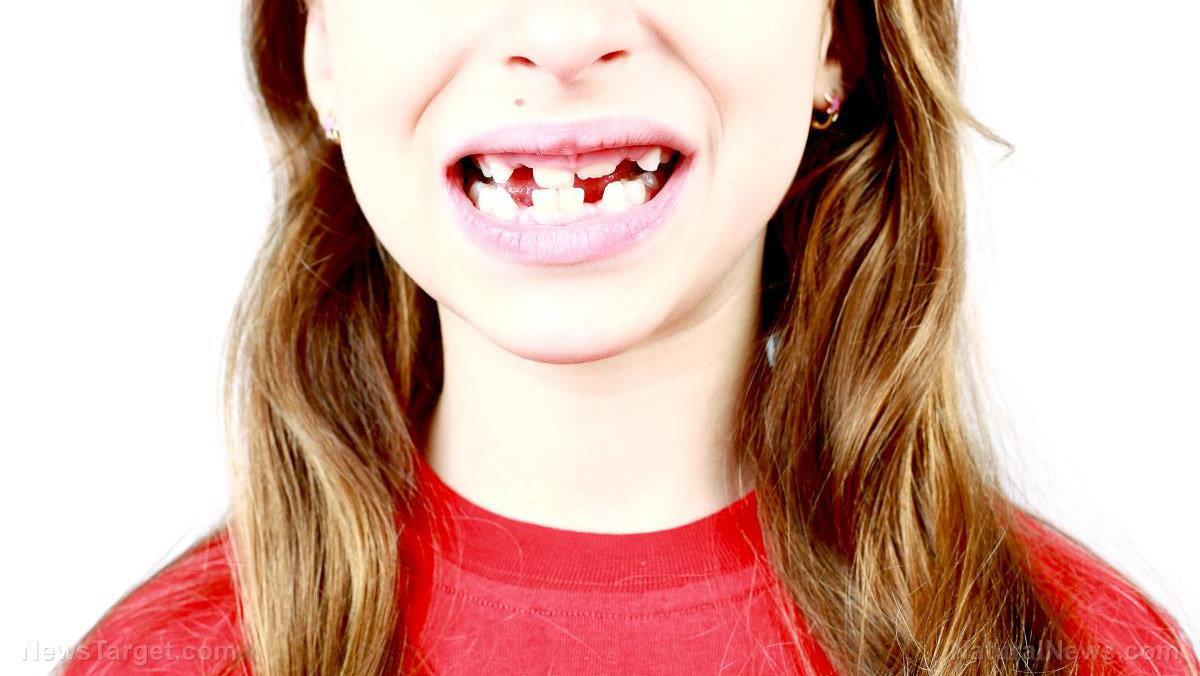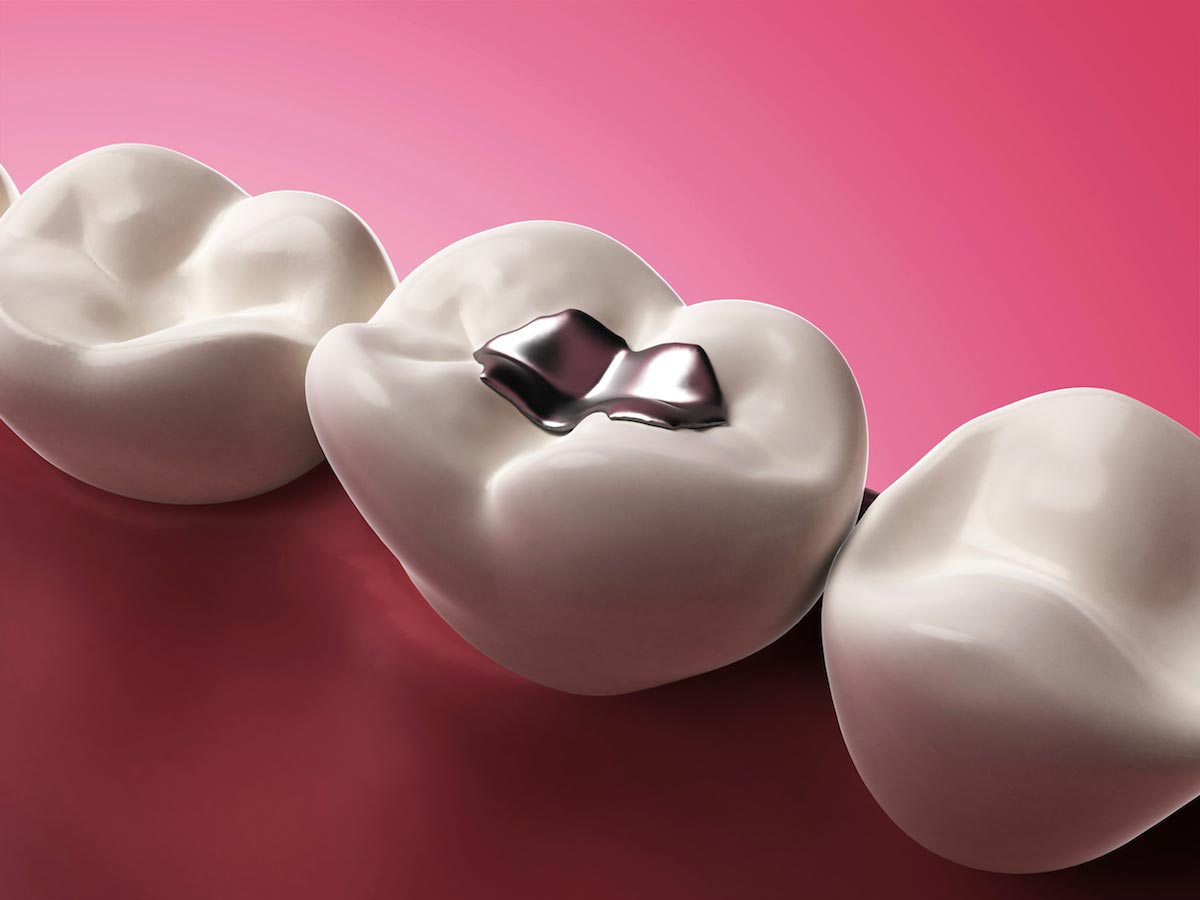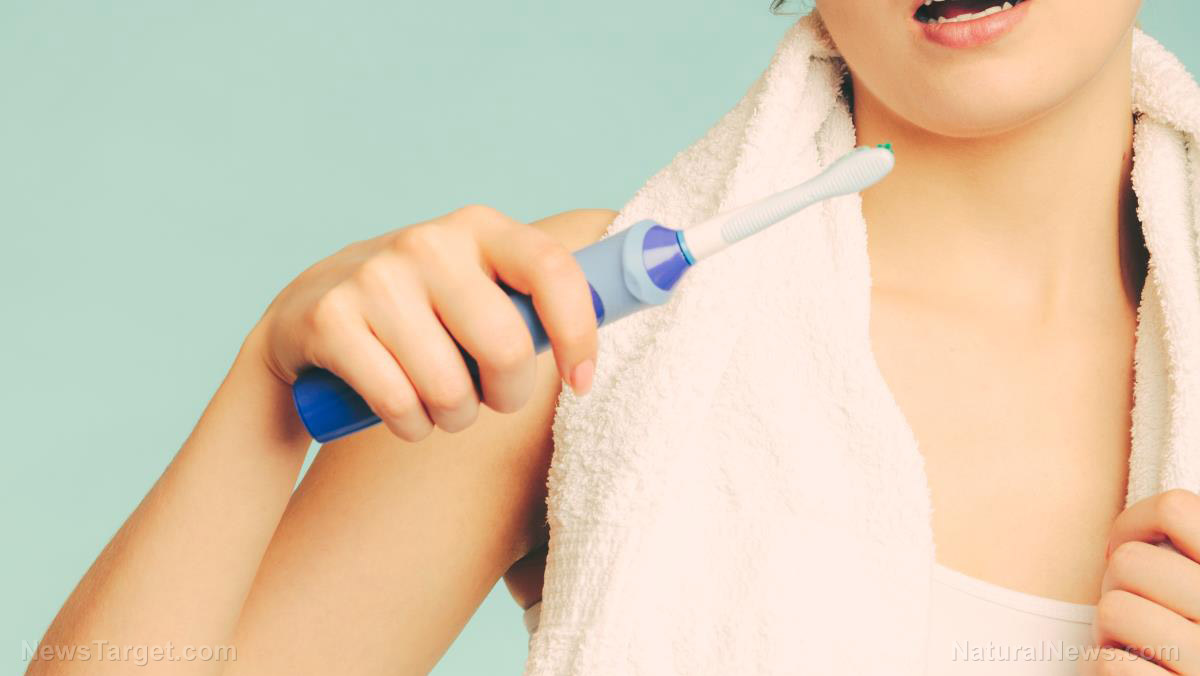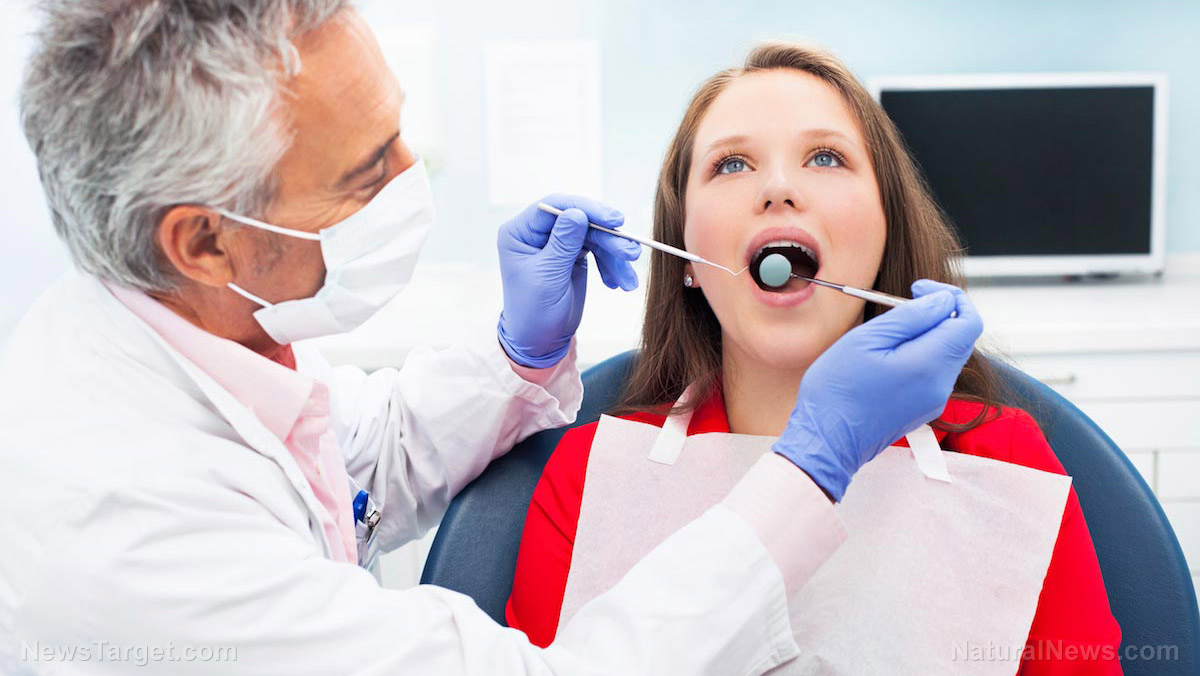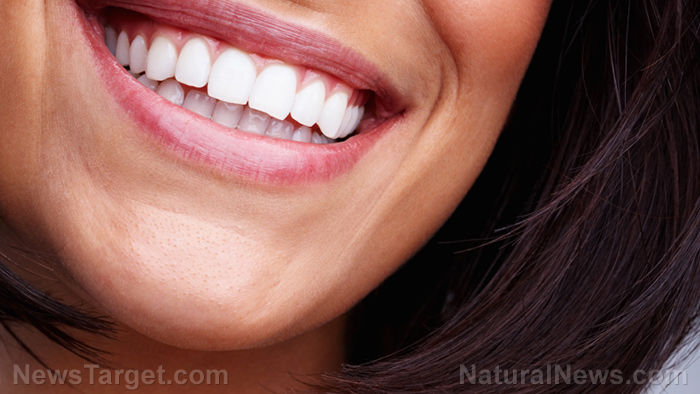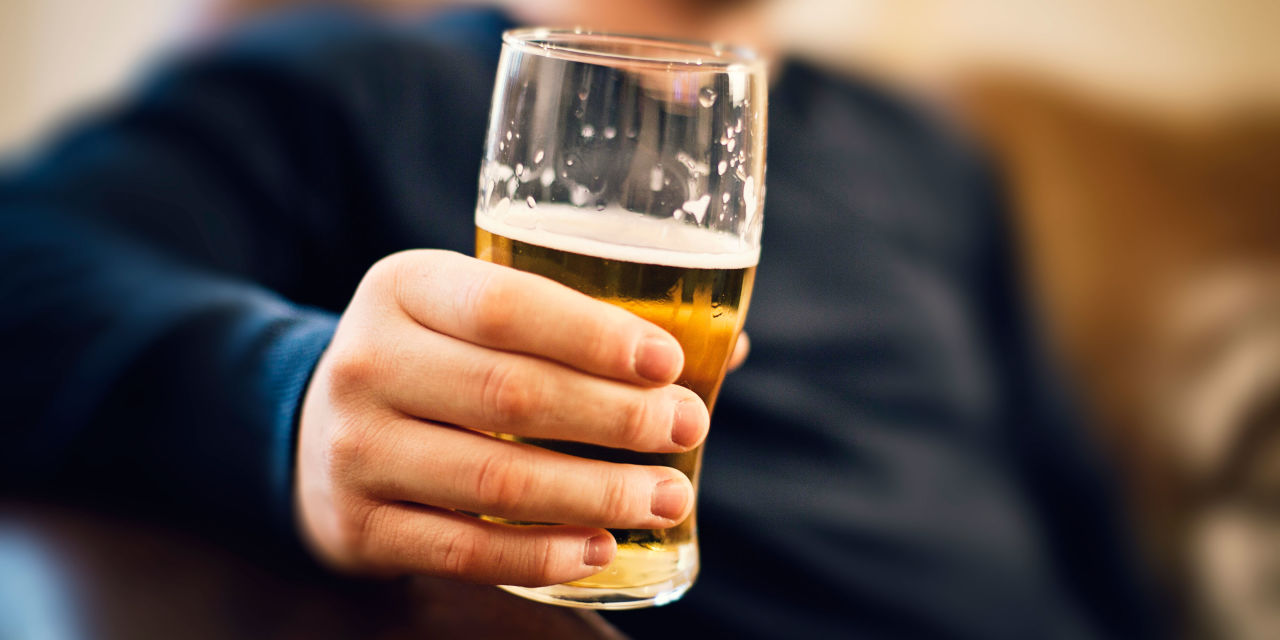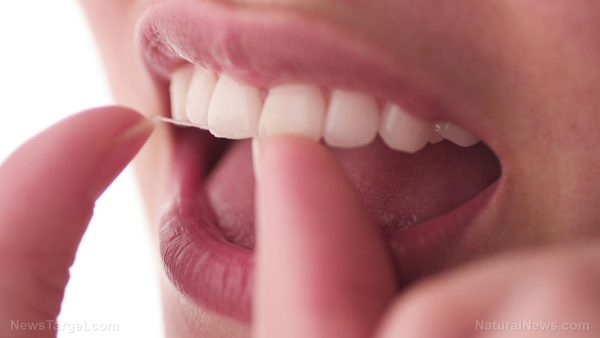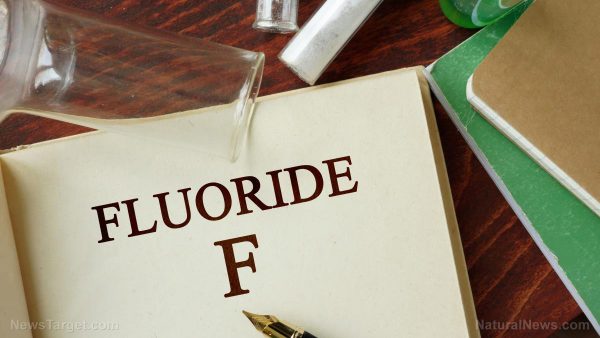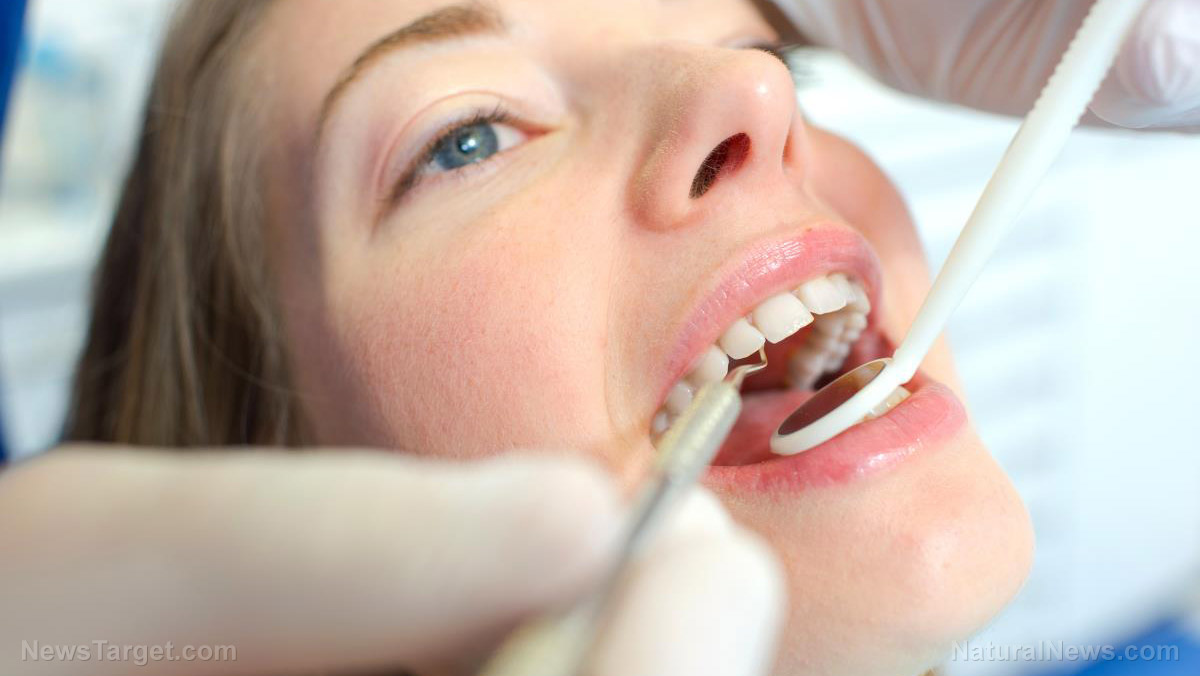Biological Dentistry Benefits the Whole Body
07/21/2016 / By holisticdentistry

The mouth is intrinsically connected to rest of the body, and therefore oral infections affect the body at large. For instance, a persistent, untreated infection of the gums can lead to bone loss or periodontal disease.
(Article by Robin Abramcyzk)
Biological dentists recognize this oral-systemic connection and treat their patients accordingly.
Many patients do not realize that the bacteria in their mouths can enter the bloodstream and travel throughout the body. In fact, periodontal disease has been linked to pre-term births, stroke, respiratory disease, heart disease, diabetes, gastric ulcers, osteoporosis, and arthritis.
Caution should be used with patients who have a prosthesis (artificial joint, orthopedic plates/ pins, internal defibrillator) or patients who have had a recent heart attack or heart surgery.
Infections in the mouth are also transmittable, and can move to your significant other and children. Therefore it is very important to maintain good oral health and recognize the impact that oral microorganisms have on the body.
Every organ in the body is connected to specific teeth or regions in the oral cavity through meridians. Blocks or scars — such as root canals, mercury fillings, decay, trauma, or sinus or jaw infections — can impede the normal energy flow and lead to pathologies in the organ on that tooth meridian.
Materials used in dentistry can be toxic. But biological dentists choose to restore and heal teeth with biocompatible materials.
In my practice, I use a filling material comprised of organic particles and no fluoride. The crowns I place are made of zirconia or porcelain, not toxic heavy metals. Patients may choose to undergo testing to determine exactly what filling or crown material would be most compatible with their bodies.
Lastly, we utilize the latest technology to remove previously placed toxic fillings and crowns to reduce both patients’ and the staff’s exposure to the harmful effects of those restorations. We follow very strict protocols when removing mercury fillings, and coach our patients on how to safely and appropriately detoxify from mercury.
When removing mercury fillings, we drape the patient and place them on positive pressure oxygen. Wew then isolate the mouth with a specialized isolation/ suction device, isolate the specific tooth with a nitrile dental dam, and use a specialized high-suction device to remove mercury as it is being excavated with an external vacuum and ionizer.
Once the mercury is removed, it is sectioned in large chunks with a carbide bur and the surface of the tooth is irrigated thoroughly for one minute. The nitrile dam is removed, gloves are changed, and the dental instruments and surfaces are wiped down with specialized Mercon wipes to remove excess debris.
Contaminants are disposed of carefully in a hazardous waste drum and the mercury that is suctioned is removed with an amalgam separator.
The doctor and staff take precautions as well to ensure health and safety for all.
Read more: newsmax.com
Tagged Under: Biological Dentistry, Whole Body

